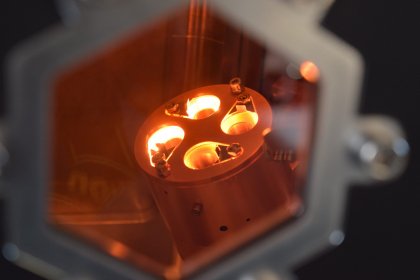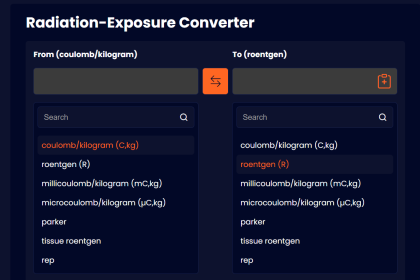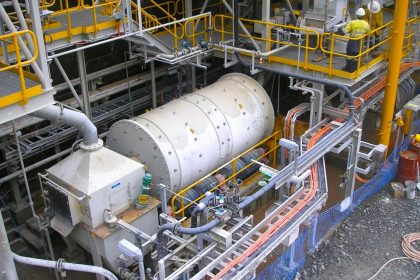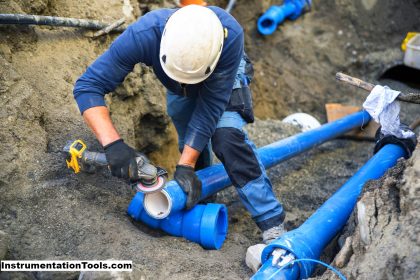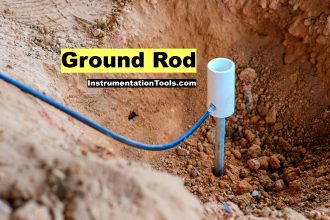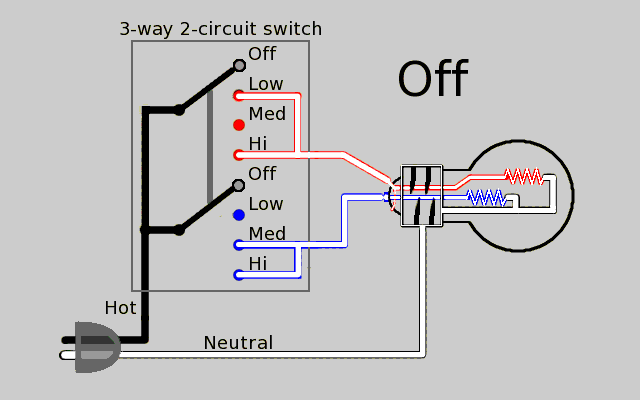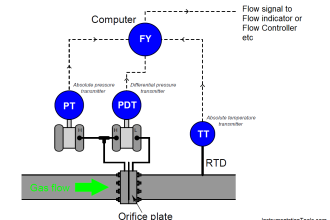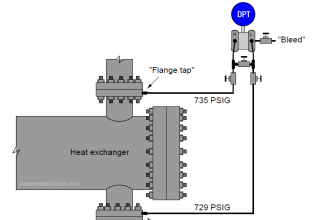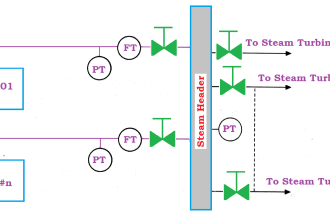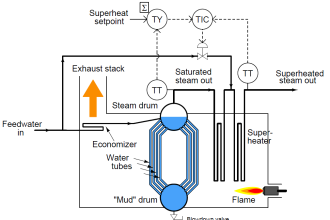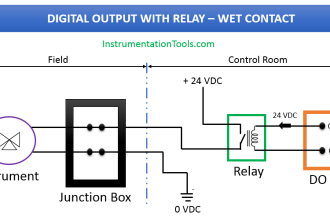Printed circuit boards (PCB) have long been an indispensable element of modern electronics, serving as platforms to connect and control various electronic components.
FR-4 PCB
One such material used to fabricate PCBs for decades is FR-4 laminate, an epoxy glass composite laminate used as part of the fabrication of printed circuit boards.
As electronics become smaller and more advanced, their limits become clear. We will explore some alternative materials being explored for PCB fabrication that goes beyond FR-4’s boundaries.
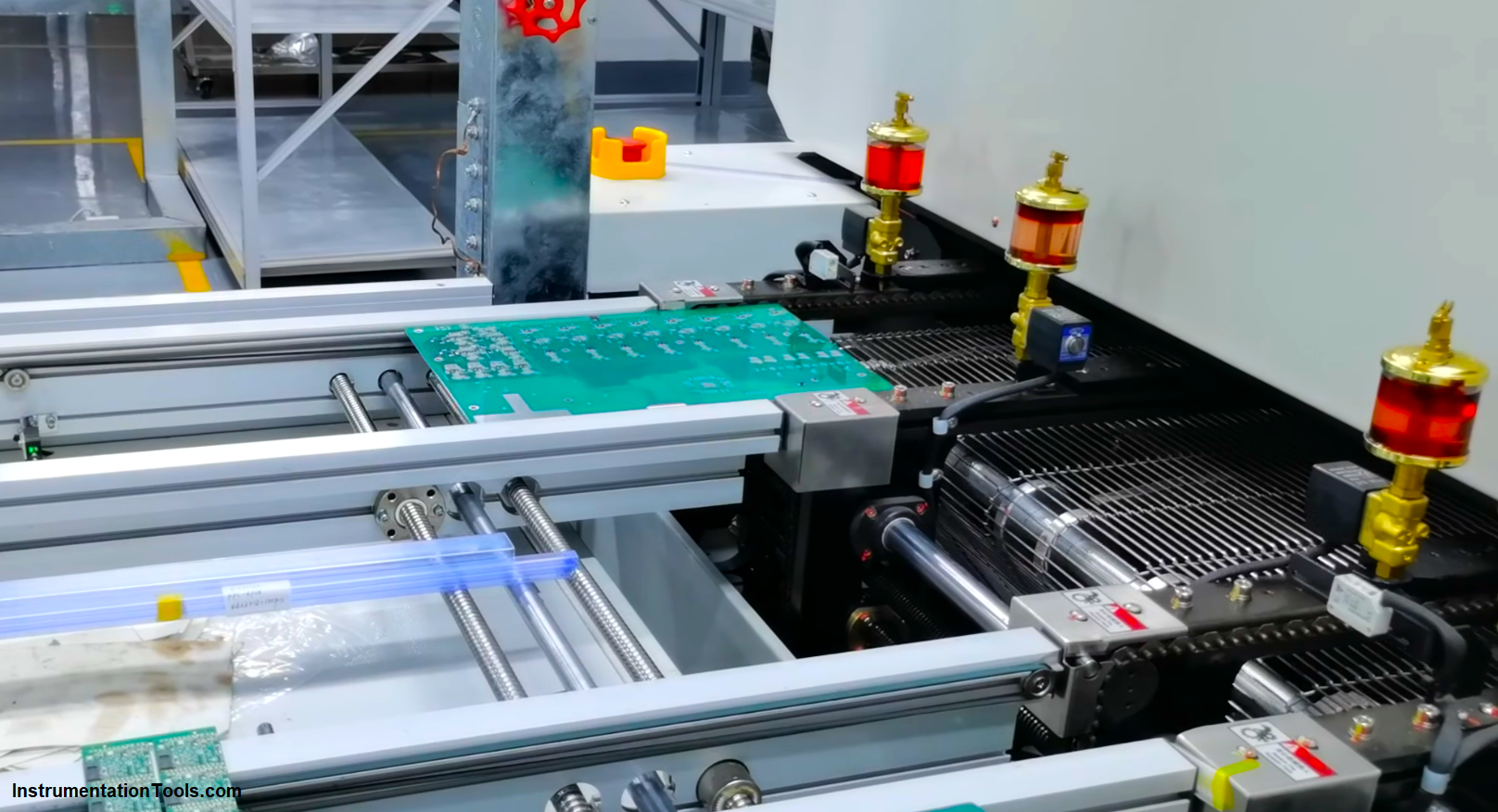
Polyimide PCB
Polyimide PCB represents one of the more promising alternatives to FR-4 PCB due to its ability to withstand higher temperatures while being chemical and radiation-resistant.
Polyimide PCB is ideal for harsh environments that demand reliability and durability in harsh conditions such as aerospace, military and medical applications where reliability and durability play key roles. The manufacturing process however can often prove more involved than its counterpart.
Ceramic PCB
Ceramic PCB represents another alternative to FR-4 PCB. These are constructed of heat and wear-resistant ceramic material. The ceramic PCB features superior thermal conductivity that makes them suitable for high-power applications like LED lighting, power electronics, and automotive vehicles.
Though more costly and complex in production processes than their FR-4 counterparts, ceramic PCB remain widely utilized across these fields of applications.
Metal-core PCB
Metal-core PCB represents another innovative material solution to traditional PCB. This type of board boasts an interior layer composed of thin strips of metal coated with anti-heat dissipating properties – perfect for high-power applications.
Metal-core PCB has found widespread application across industries for LED lighting, automotive and industrial purposes. The manufacturing process tends to be more time and resource-consuming compared with their FR-4 counterparts.
Flexible PCB
Flexible PCB (printed circuit boards constructed using flexible substrate material like polyimide) offer greater versatility and less bulk in spaces with limited room for bulkier alternatives like FR-4 boards.
Their flexibility enables wearable devices, medical applications, and automotive uses with restricted spaces to utilize flexible boards without cracking – an asset when space constraints necessitate adapting PCB accordingly. These types of flexible boards tend to cost more due to more complicated manufacturing processes compared with their counterparts.
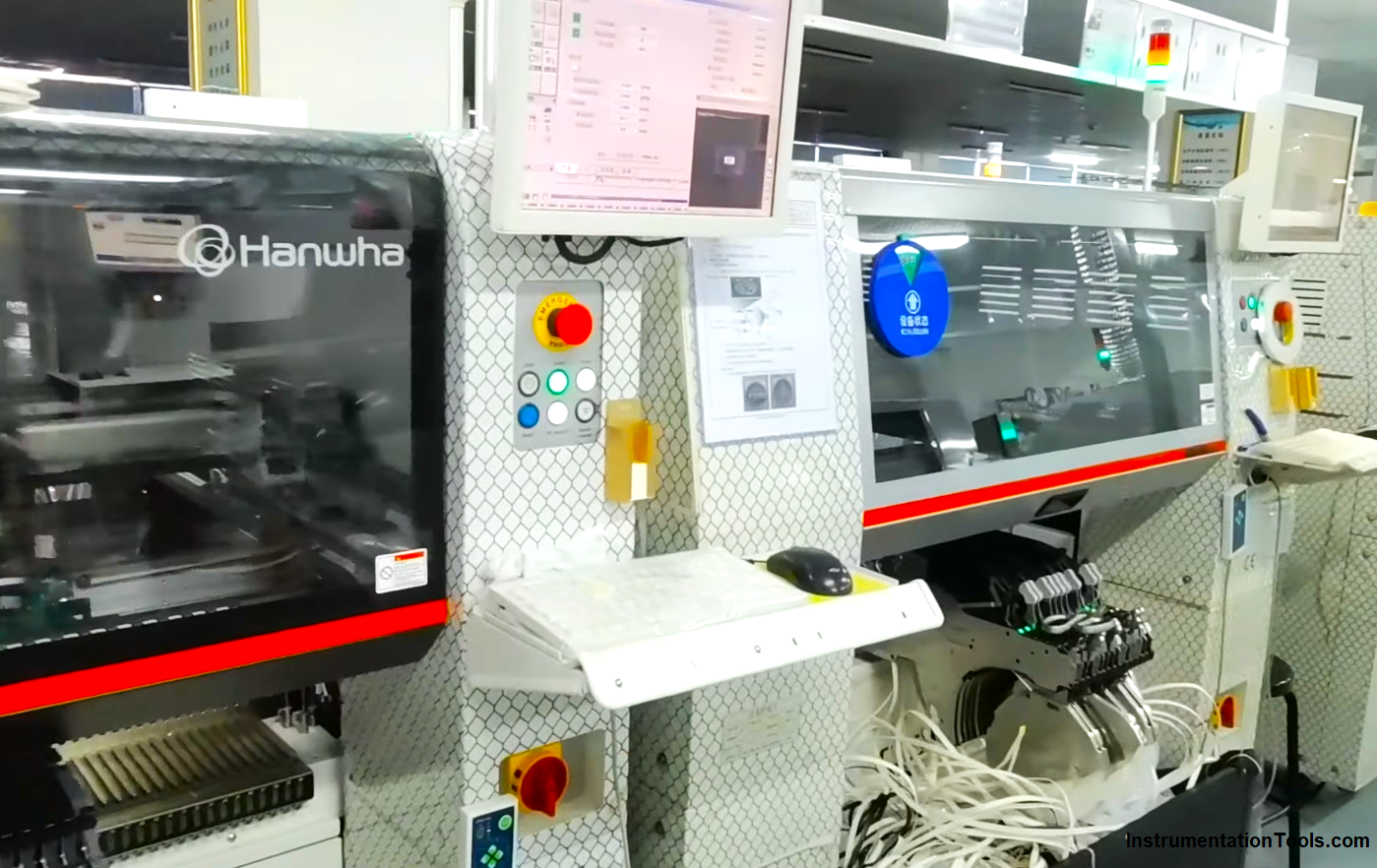
Rogers PCB
Rogers PCB delivers exceptional electrical performance with low loss and frequency stability for servers, telecom equipment, and other high-speed applications, including digital environments. They’re especially suitable for digital environments.
Liquid Metal PCB
Liquid metal is an emerging material with a remarkable electrical conductivity that makes it suitable for high-frequency/power applications like PCB fabrication.
These are still in the early development stages, liquid metal PCB shows great promise as part of future PCB fabrication projects.
Liquid Crystal Polymer PCB
Liquid Crystal Polymer (LCP) is referred to simply as LCP. It is an economical thermoplastic that offers exceptional dimensional stability and moisture absorption rates, making them suitable for PCB applications such as 5G antennas or radar systems.
PTFE PCB
Polytetrafluoroethylene, more commonly referred to as PTFE, is an advanced polymer material recognized for providing superior electrical insulation and temperature resistance properties.
As such, PCB made of PTFE is often utilized in microwave and radar applications including satellite communications systems or radar detection devices.
Select Appropriate PCB Fabrication Materials
Discovering an ideal PCB material choice can make or break an application, so its importance cannot be overemphasized. When choosing material options for the fabrication of PCB boards, one should keep several factors such as operating environment requirements, power requirements, size/form factor needs, and reliability/durability specifications in mind.
Ideally when working at high temperatures, using materials with greater resistance to heat such as polyimide or ceramic is ideal. On the other hand, metal core PCB provides excellent heat dissipation capabilities while foldable flexible boards constructed out of substrate material like polyimide are the superior choice.
Size and form factors can have an effect on material choices for PCB as well. Smaller boards might need something allowing precise routing to accommodate smaller components while larger boards might necessitate something with greater structural integrity for stability to prevent warping and bending.
As your power requirements dictate, so too should the selection of materials. A higher-powered board may require materials capable of managing greater current flows and quickly dissipating heat. The material selection can determine your device’s overall power efficiency as well as lifespan.
As part of choosing materials for PCB, it is also vitally important to factor in their reliability and durability requirements. Certain applications require functioning under extreme humidity conditions or radiation exposure that could deteriorate performance over time. Such cases require materials with superior resistance that won’t compromise their integrity in such hostile conditions.
Will FR-4 Be Phased Out?
It is unlikely that FR-4 will disappear entirely. The uses may diminish in specific applications where its limitations become increasingly obvious. While remaining an economical and reliable choice for PCB fabrication applications, its shortcomings have become clear over time as technology becomes ever smaller, faster, and more sophisticated.
Polyimide, ceramic, metal-core, and flexible PCB all present viable alternatives to FR-4 in terms of PCB fabrication. Each material offers distinct benefits and drawbacks and could become the standard in future PCB development. As electronics continue to shrink in size while increasing in complexity and resource needs, new materials must be discovered so as to meet the demand for PCB fabrication in modern times.
Companies That Provide PCB Fabrication Services
There are various reputable PCB fabricators the industry can rely upon when it comes to PCB fabrication, one such provider is ELE PCB.
ELE PCB is an advanced printed circuit board manufacturer that specializes in crafting superior PCB tailored specifically to each of their client’s individual requirements. Their wide variety of materials – polyimide, ceramic, metal-core, and flexible PCB – guarantees satisfaction every time.
Conglomerates who require PCB supplies for trading companies should invest in PCB machinery for maximum long-term returns. New electronics or surface technology companies may find more cost-effective options by turning to top manufacturers instead of making direct PCB purchases themselves.
